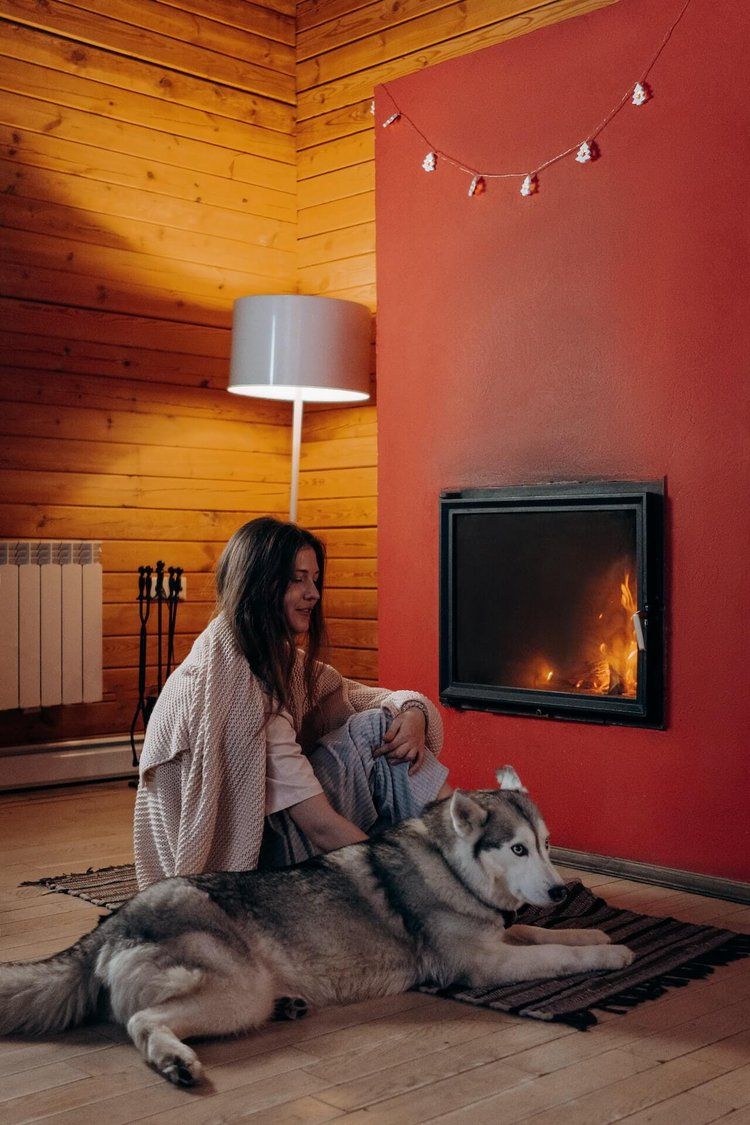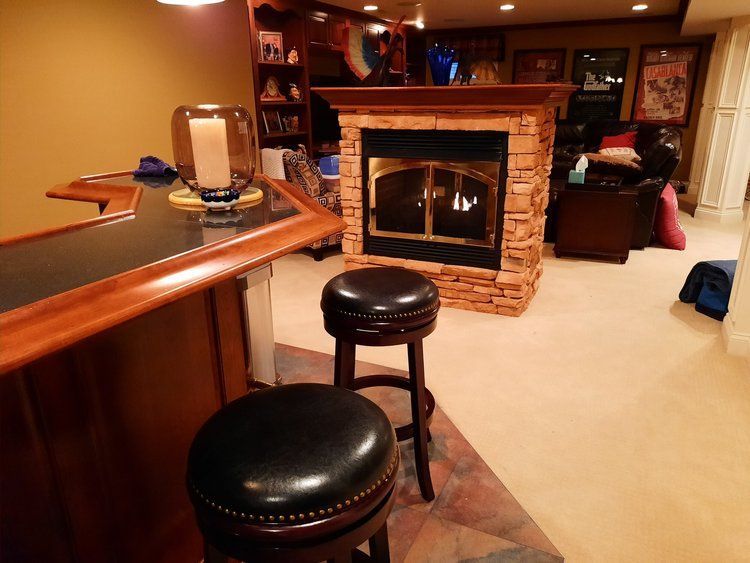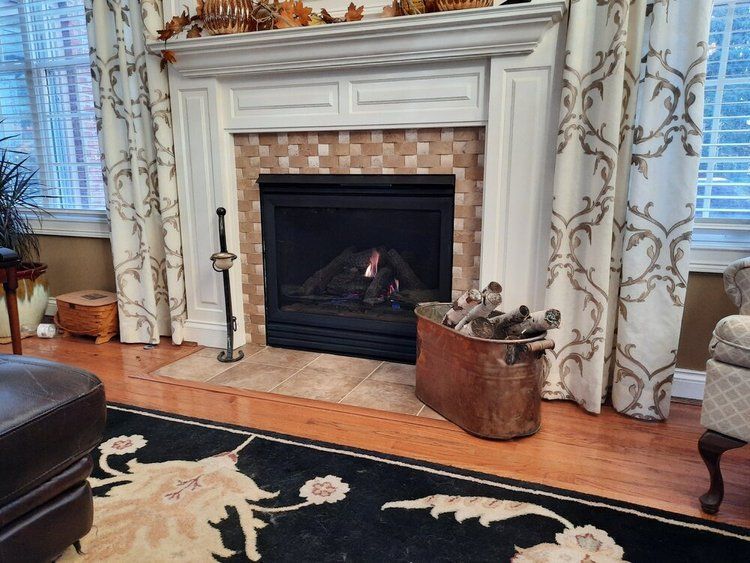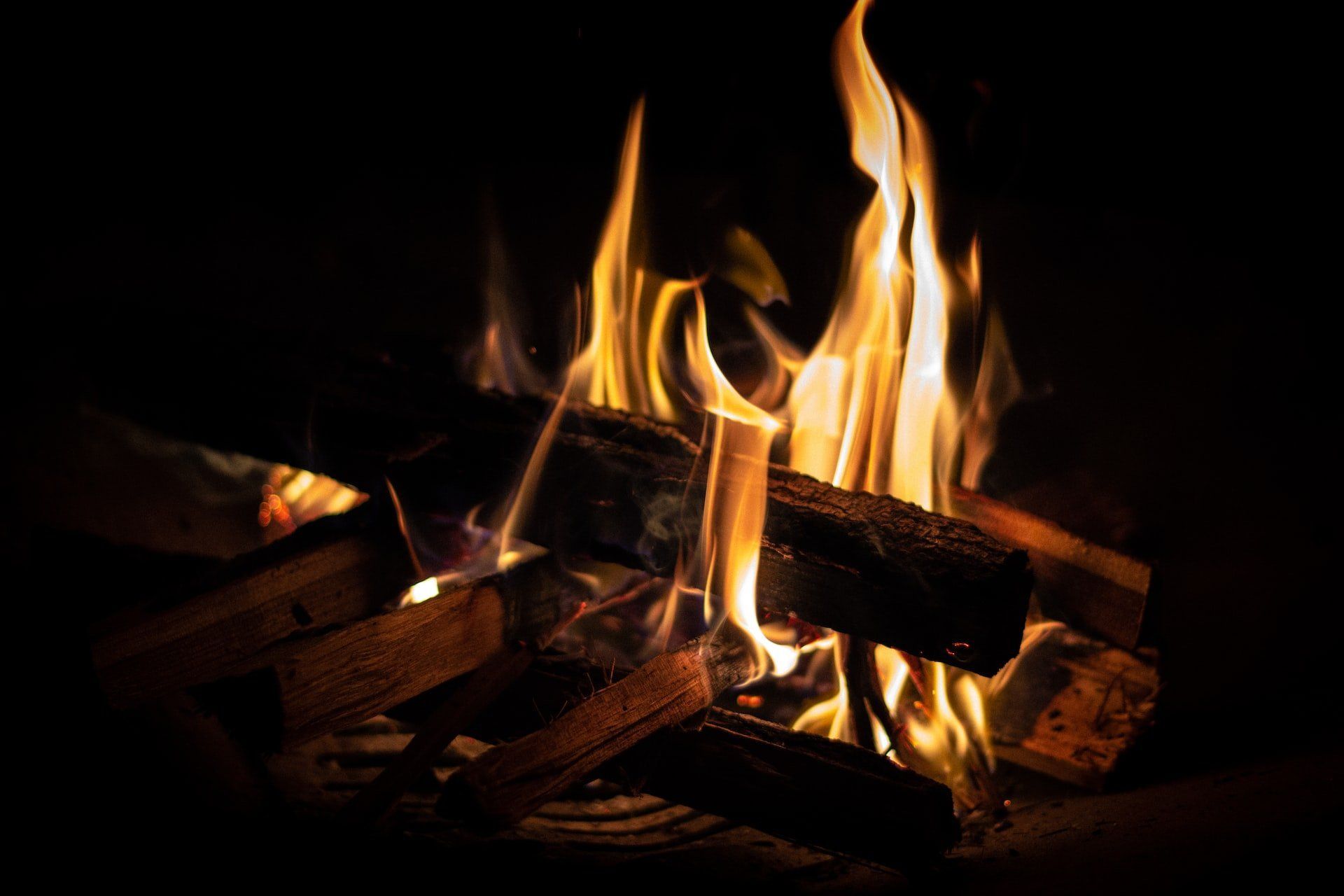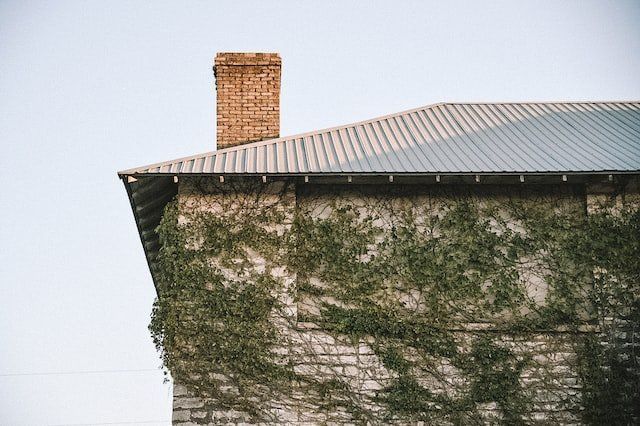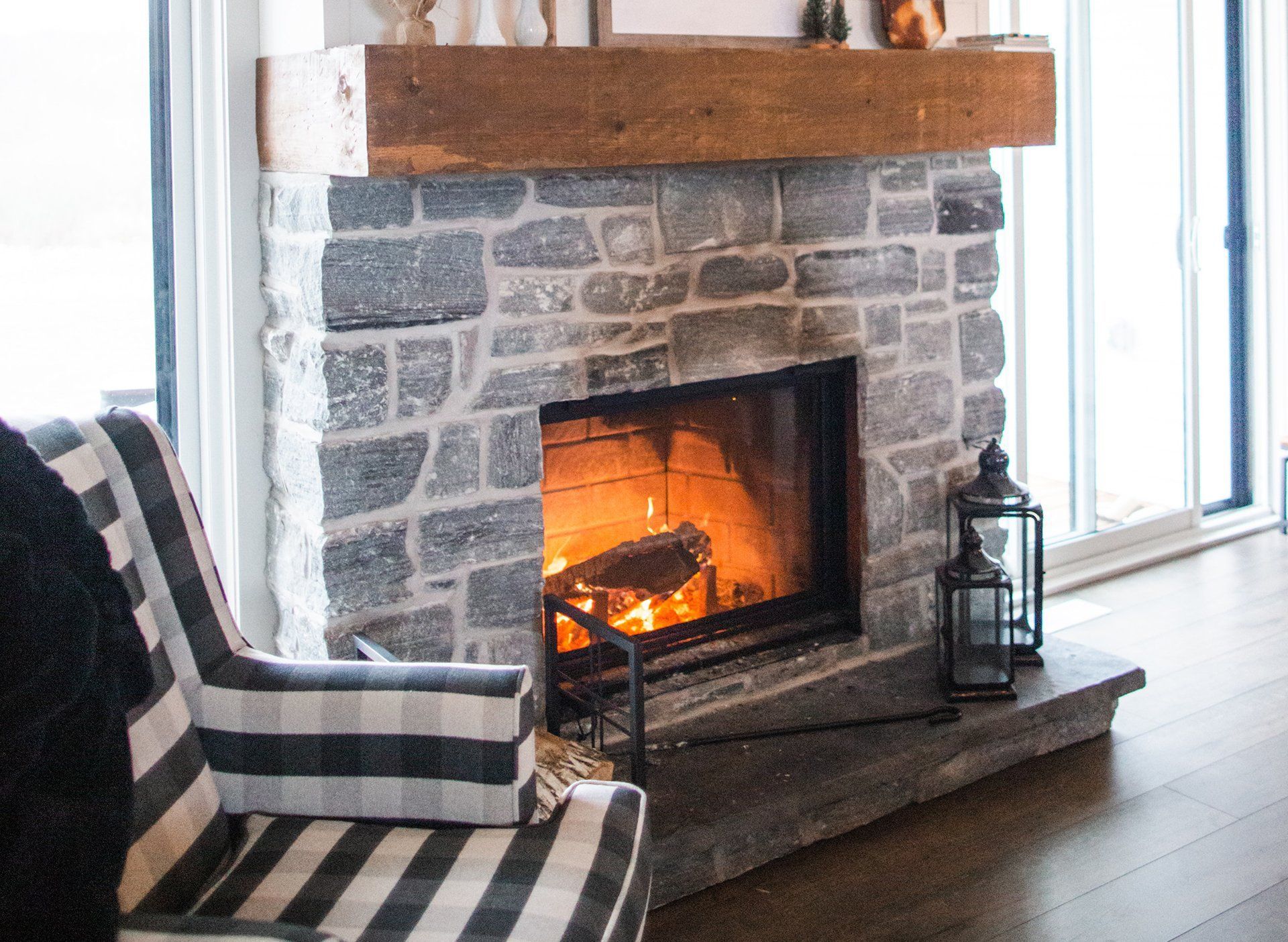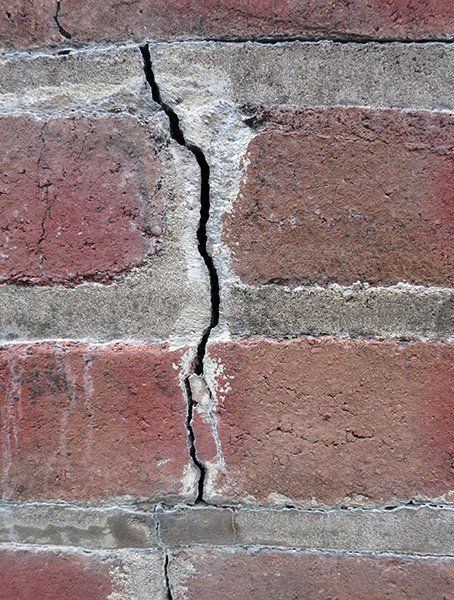Is a Gas or Wood Fireplace More Expensive?
Many customers have their unique preferences when it comes to choosing between gas and wood fireplaces. Some people simply prefer wood-burning fireplaces for the invigorating smell that comes from burning wood, while others prefer the convenience of lighting their gas fireplaces with the simple flip of a switch.
Still, there are others without strong opinions either way and would simply like to find the one that best suits their needs. They want to weigh the cost to run a gas fireplace against a wood-burning fireplace. Perhaps they’re considering the cost to convert a wood fireplace to gas. It’s important to make informed decisions, so let’s compare the two.
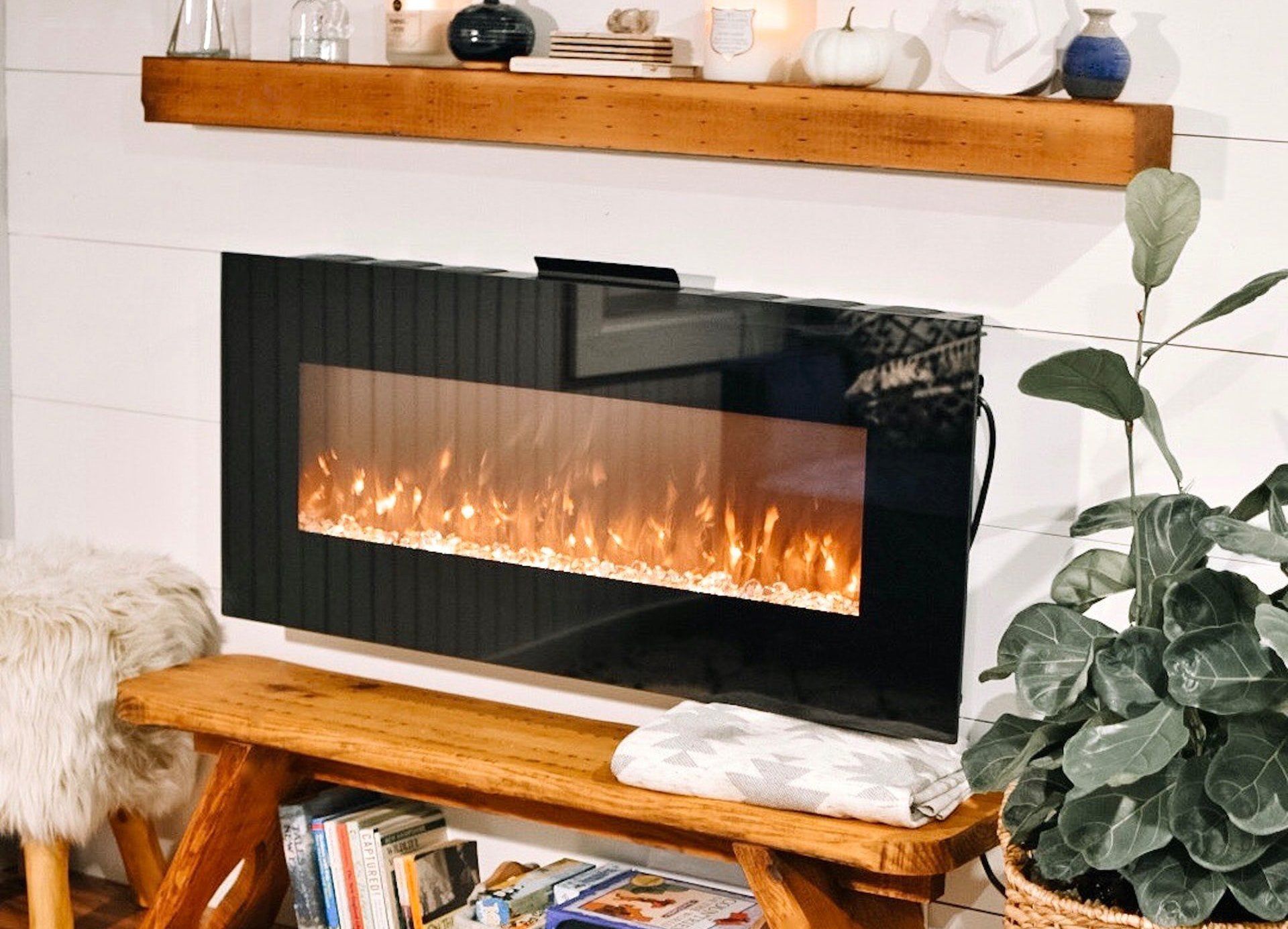
A comparison of gas and wood fireplaces
The discussion will never be complete without touching on the key areas of comparison between gas fireplaces and wood-burning fireplaces. These areas include efficiency, cost to run a gas fireplace or a wood fireplace, installation, appearance, and maintenance. Security is also an important area of discussion that we will touch on.
Efficiency
Homeowners are mostly united on one front when it comes to energy. Nowadays, most people want to use energy-efficient and sustainable heating systems for their homes. So, are gas fireplaces and wood-burning fireplaces efficient? The efficiency of a gas fireplace is quite significant compared to a wood-burning fireplace.
The efficiency you get for a single-valve gas fireplace is as high as 50%, while the efficiency for double-pipe models increases significantly to around 70%. On the other hand, wood-burning fireplaces are less efficient compared to gas fireplaces. The worst of them is the traditional open wood-burning fireplace. They are known to have an efficiency of about 10%. There are cases when the efficiency level drops to negative digits due to poor insulation. That's why a lot of people look into the cost to convert a wood fireplace to gas.
The building must be properly insulated to increase the level of efficiency for both types of fireplaces. Whether due to the demanding nature of the construction itself or the fact that they can heat a larger space, wood-burning fireplaces are often recommended for homes.
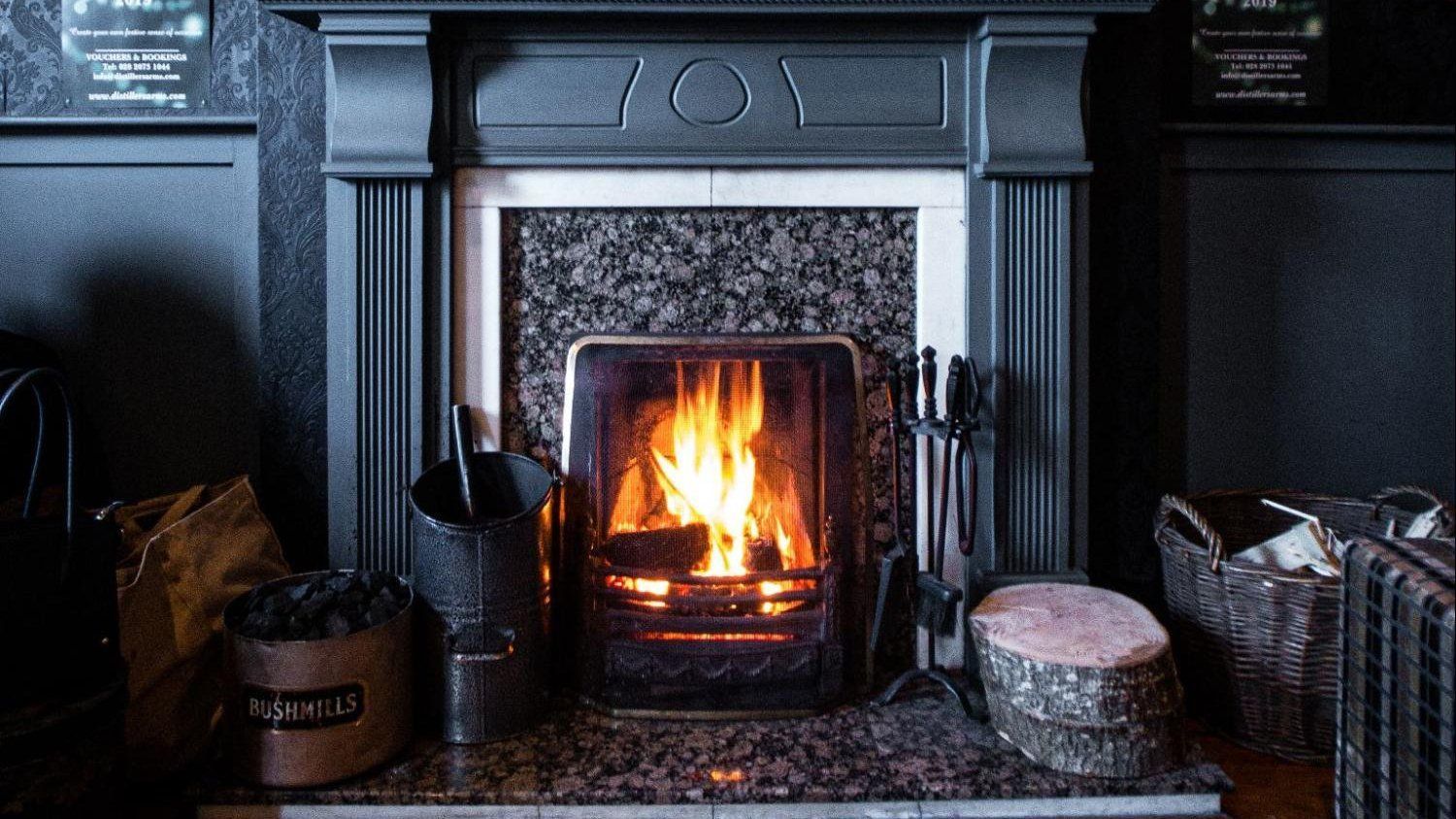
Cost
Is there a price difference between gas fireplaces and wood-burning fireplaces?
Yes, there is! In terms of installation, the cost to run a gas fireplace is the cheaper of the two. Pre-built gas fireplaces cost around $1,500 to $3,000. This cost covers both the materials and the fireplace. Small gas exhaust pipes cost about $500 to $1,000. This includes installation costs. All in all, the installation of a gas fireplace will range from $3,650 to $7,800. Your choice of a minimalist or classic look for a gas fireplace has a significant bearing on cost.
Wood-burning fireplaces cost significantly more. The total cost to install a wood-burning fireplace will typically range between $8,500 to $22,000. The reasons for this higher price tag are addressed in the section below.
Assembly
Gas fireplaces can be difficult to install. They come with small ventilation or exhaust pipes. How the installation will proceed depends on what is on-site. For example, a gas line that has already been installed will not require calling in a certified gas line installation professional. Also, certain components (e.g., the blower system) that are considered optional can be installed or not. It depends on what the buyer or homeowner wants that contributes to the cost to run a gas fireplace.
Unlike installing a gas fireplace, a wood-burning fireplace is more labor intensive because they require a chimney. In cases where there are no existing chimneys or fireplaces, you will need the experience and expertise of a stonemason. Additional components may be required to make the wood-burning fireplace functional. This explains why wood-burning fireplaces are more expensive to buy and install. When looking at the cost to convert a wood fireplace to gas it may be a better investment than keeping the wood fireplace.
Maintenance
Maintenance is a key factor in determining the efficiency of a fireplace. The maintenance of gas-burning fireplaces is not as demanding as that of wood-burning fireplaces. There are fewer maintenance issues here because you only have to deal with debris build-up instead of creosote and soot build-up like with a wood-burning fireplace. Other common problems with gas fireplaces include faulty ceramic logs and leaky valves, among other connections. These factors can slightly raise the cost to run a gas fireplace, but they are still considered by many to be a much more convenient option.
With wood-burning fireplaces, the maintenance requirements are quite different. There are higher maintenance requirements for this type of fireplace. The process includes soot cleaning, ash removal, removal of unburned fuel or wood, and creosote removal, among others.
Wood-burning fireplaces, it is said jokingly, need a servant (due to the need for regular cleaning and carrying wood), and gas fireplaces need a master (because the fireplaces are switched on remotely, there is no need to clean the firebox).
Safety
Foremost in the minds of most homeowners is safety. Homeowners need to know that the fireplace will not pose a challenge or risk to safety and property. For gas fireplaces, door temperatures (for glass doors) can reach as high as 400 degrees. For such, childproofing the fireplace door(s) should be a top priority. Child-resistant screens are designed for this purpose. Such safety measures should be considered in the cost to run a gas fireplace.
The open flames of a wood-burning fireplace somewhat act as their own safety warning. In the case of wood-burning fireplaces, however, problems arise when it is assumed that the fire has died down. There could be hidden embers that could ignite and potentially cause serious damage if left unattended or making certain that nothing flammable is nearby.
In addition to being practical, the fireplace is a visual detail that, due to its adaptability, can fit into just about any home design, from the traditional to the most modern. Both gas and wood fireplaces have a lot of advantages. When you add up all related expenses, the cost to run a gas fireplace is much cheaper than a wood-burning fireplace.


